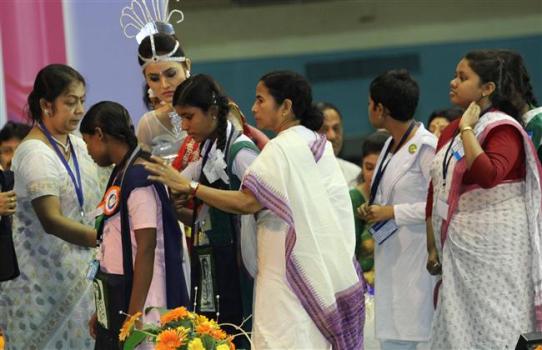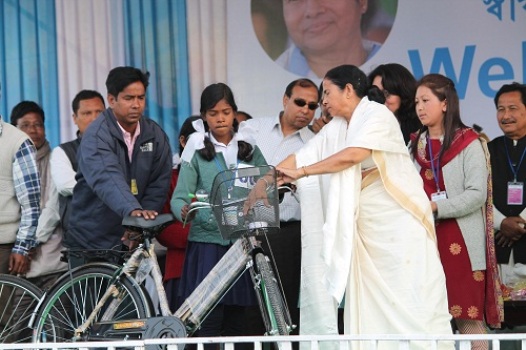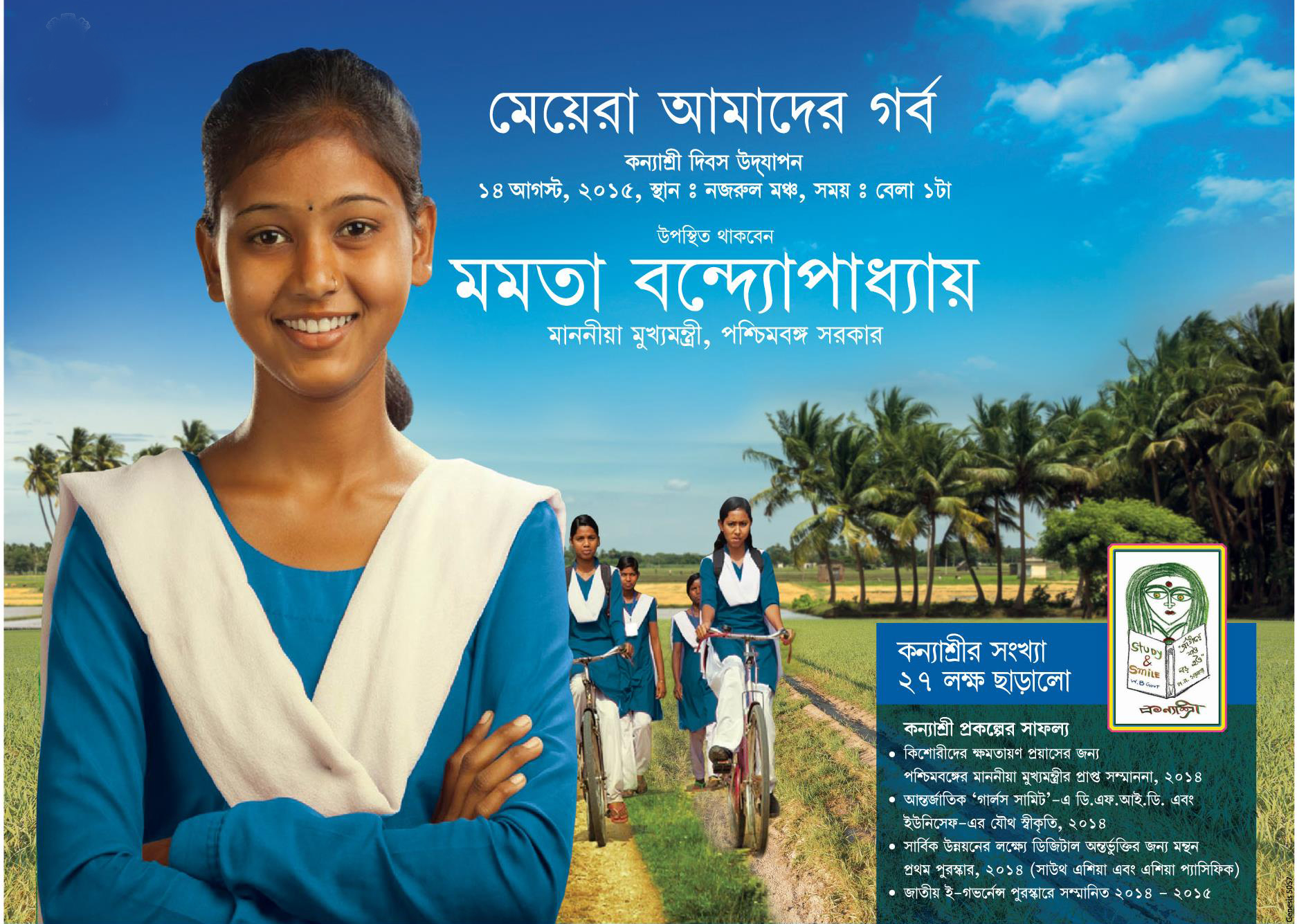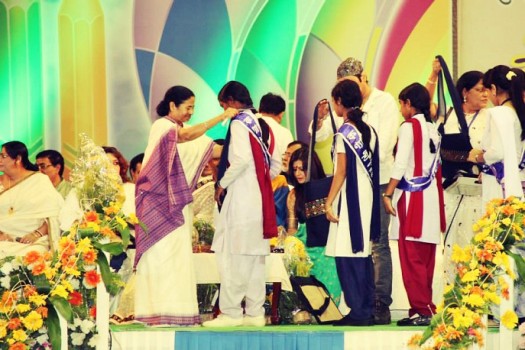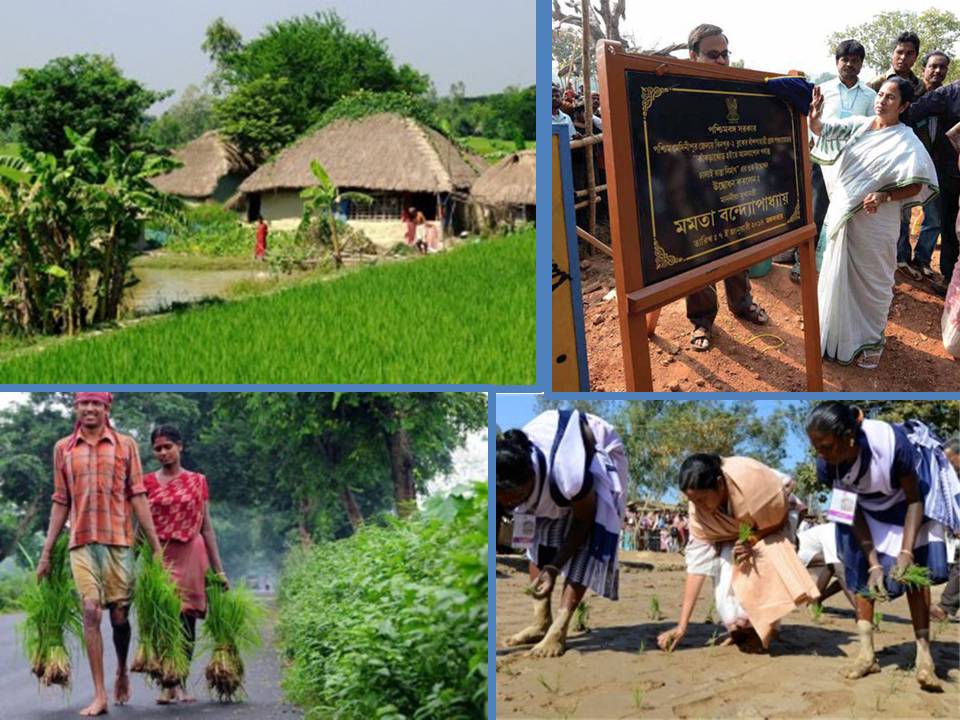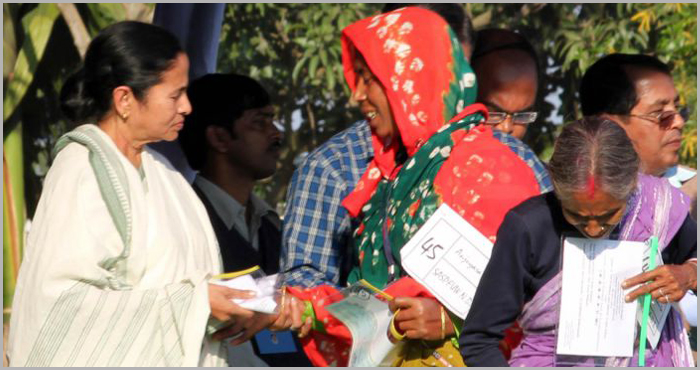There was a saying, ‘What Bengal thinks today, India thinks tomorrow’. Thanks to three decades of misrule and defective governance of the Left Front, the phrase had lost its meaning. Not any more.
In the last four years, Bengal has reclaimed her position as the best among states in several sectors and has become a model for others to emulate.
The government of West Bengal sincerely believes in inclusive governance. WB CM has been working relentlessly working for people of all castes, religions, genders, communities and creed.
When Trinamool Congress led government came to power in Bengal, it had inherited a huge debt amounting to almost Rs 2 lakh crore. Despite the debt burden, governance has not slowed down in the state.
1. More than 75 lakh people of the State have been benefited by the fair price medicine shops set up on the initiative of the West Bengal Chief Minister Ms Mamata Banerjee. It has been estimated that during the last one and half years, since the opening of fair price medicine shops in Government Hospitals, the medicine buyers have received at total discount of Rs 205.51crore.
2. The State has also launched fair price diagnostic centres where procedures like dialysis and MRI are available at nominal cost. Treatment for cancer, cardiac and blood-related ailments has been made free.
3. West Bengal has also bagged international recognition in the implementation of the national health insurance scheme. The work on the programme had been highly appreciated by the World Bank and Global Alliances for Social Protection from GIZ (German Cooperation).
4. West Bengal was once a Left-Wing Extremism affected state. After 2011, thanks to the developmental initiatives of the state government, Maoist violence has subsided in the Jangalmahal area. Peace reigns there now.
5. West Bengal’s Kanyashree scheme has benefitted 22 lakh girls till date. Launched in 2013, the scheme provides financial assistance to girls to pursue their education. The scheme, which has been appreciated by UNICEF and honoured at London Girls’ Summit 2014, has hugely brought down the rate of dropout among school-going girls.
6. Recently the Rajya Sabha passed a Private Members’ Bill for the protection of rights of transgender. West Bengal had formed a Transgender Development Board, the first in India, way back in March, 2015.
7. The government is also committed to the upliftment of backward classes. On the lines of Kanyashree scheme, WB CM started the Shikshashree scheme for SC/ST students in the state. WB CM also created an independent ministry for Tribal Development.
8. The state government has introduced 17% reservation for OBCs without affecting the general category seats. Instead the government increased the infrastructure for accommodating the OBC students.
9. The government has set a record in building toilets. Nadia district received the United Nations Public Service award for being the first district in India to be declared ‘open defecation free’.
10. The State of West Bengal has received 11 national prizes for its work at the Panchayat level in the year 2014. Bengal was best among States in expenditure for creating jobs under NREGA scheme.
11. Excise Department was conferred the prestigious Platinum Award by Skoch Foundation at the 37th Conference on “Minimum Government, Maximum Governance”, hosted with support by a number of Central Government Ministries for the unique initiative of introducing e-Abgari Scheme for online filing of tax and tracking performance under the Excise Department.
12. Panchayat and Rural Development Department has also been conferred the Skoch Order of Excellence for outstanding work in 100-Days Work Scheme and Skoch Order of Merit for Web-based Monitoring System by Institutional Strengthening of Gram Panchayats Project in Bengal.
13. Bengal had been adjudged as the BEST STATE in All India Skill Competition, 2013 and awarded Certificate of Merit and Running Shield.
14. West Bengal bagged the Krishi Karman award for the third year in a row in 2014 for outstanding performance in the agriculture sector.
15. The tableaux of West Bengal government, featuring the famous Chhau dance of Purulia, bagged the first prize at the Republic Day parade in 2013.

